The passing of Law No. 24/61 and Ahidjo’s repeated statements leave no doubt: no federation was ever formed between LRC and the British Southern Cameroons. Before 1 October 1961, LRC had already transformed itself into a so-called “federal” state — unilaterally.
By Celeste Maddox
Even with the illegality of the Foumban meeting, no agreement was ever reached for any form of association between the two countries. Any such agreement would have been invalid and illegal in the first place. Follow-up talks in Yaoundé equally failed to produce an accord.
Had there been a legitimate agreement in line with the UN-recommended conference, it would have been ratified by the parliaments of both countries and registered at the UN Secretariat, as required by Article 102 of the UN Charter. After gaining independence on 1 January 1960, La République du Cameroun (LRC) became a member of the UN on 20 September 1960. As such, it was bound by the Charter, particularly Article 102(1):
“Every treaty and every international agreement entered into by any Member of the United Nations after the present Charter comes into force shall, as soon as possible, be registered with the Secretariat and published by it.”
The Southern Cameroons delegation had expected to work with their French Cameroun counterparts to draft, from scratch, a constitution acceptable to both sides. Instead, the LRC delegation came with a ready-made draft, because their aim from the outset was annexation of the Southern Cameroons.
This was made crystal clear by President Ahmadou Ahidjo in his closing speech at Foumban:
“Consequently, it fell upon the Republic of Cameroun, which already enjoyed its international sovereignty and which already had its institutions, to adjust its own constitution in order to form a union with the brother territory of the Southern Cameroons.”
Such dishonesty spoke volumes.
In August 1961, immediately after the failed Foumban talks, the parliament of LRC passed Law No. 24/61, changing the name of the country to the Federal Republic of Cameroun. President Ahidjo promulgated it on 1 September 1961 and cunningly fixed 1 October 1961 — the date of Southern Cameroons’ independence — as its effective date.
It must be stressed: when Law No. 24/61 was passed, the British Southern Cameroons was still a UN Trust Territory, with no representatives in LRC’s parliament. The constitutional “adjustment” that Ahidjo himself admitted was solely an internal affair of LRC. The British Southern Cameroons was not a party to it.
Ahidjo reaffirmed this view at his Union Camerounaise (UC) party congress in Ebolowa in July 1962, declaring:
“The reunification of the Southern Cameroons and the Republic of Cameroun did not necessitate a fundamental change of the constitution of the Republic of Cameroun but only a minor amendment to allow for part of the territory to rejoin the motherland. It was the Republic of Cameroun which had to transform itself into a federation, taking into account the return to it of a part of its territory, a part possessing certain special characteristics.”
The passing of Law No. 24/61 and Ahidjo’s repeated statements leave no doubt: no federation was ever formed between LRC and the British Southern Cameroons. Before 1 October 1961, LRC had already transformed itself into a so-called “federal” state — unilaterally.
Those among us who continue to claim that a federation was concluded at Foumban in 1961 must provide credible documentation to counter this evidence. To date, none exists.
(to be continued…)







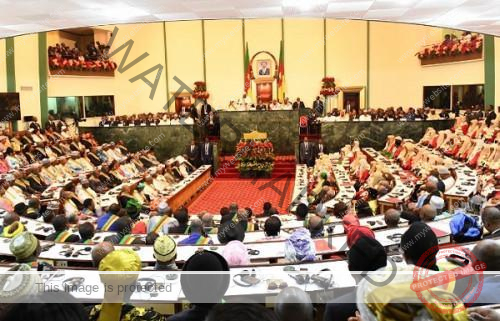
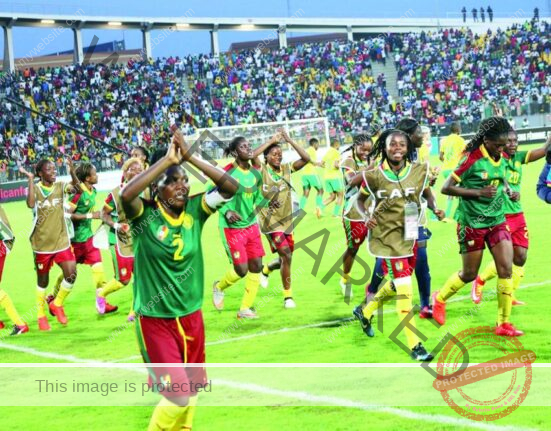




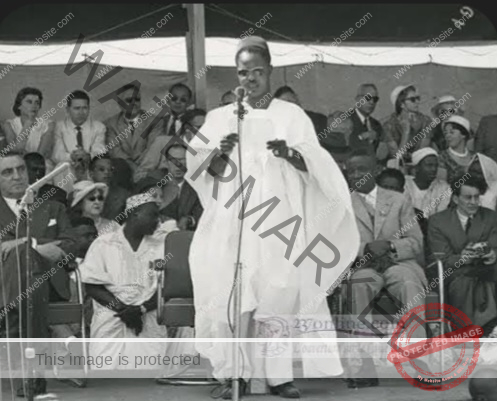
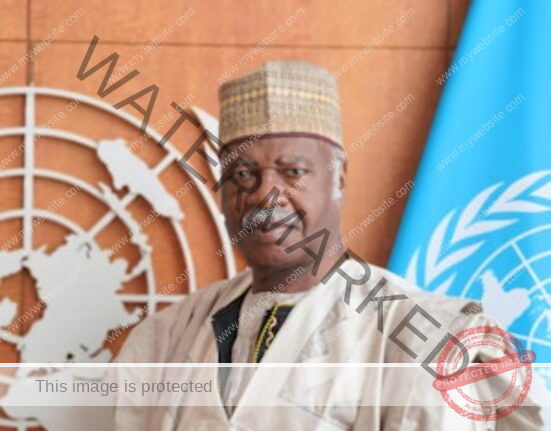
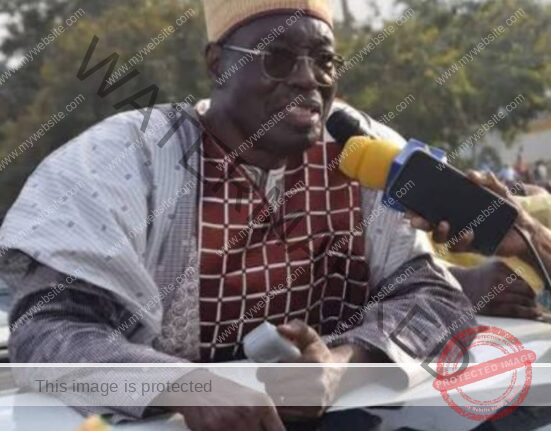
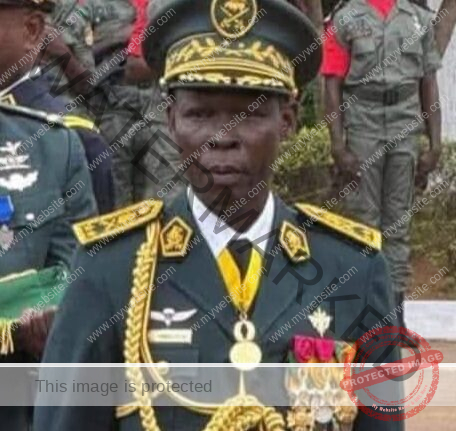
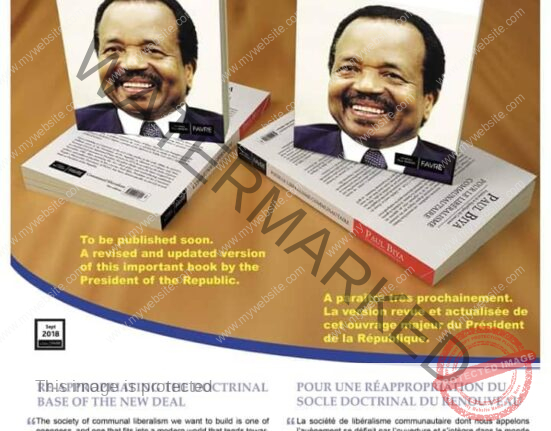
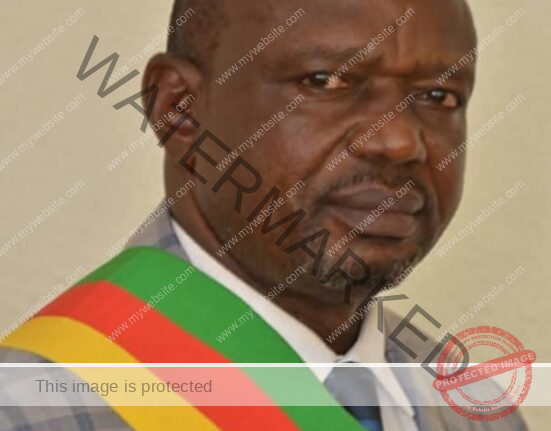
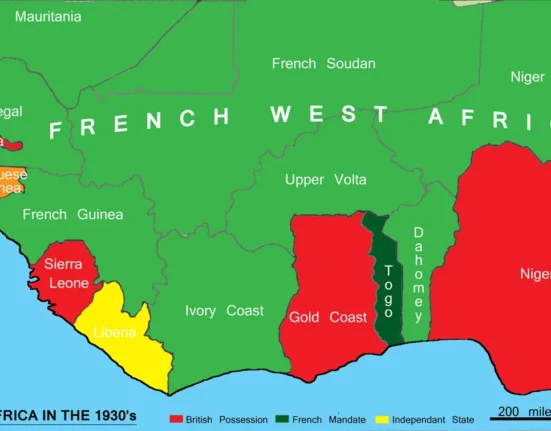

Leave feedback about this